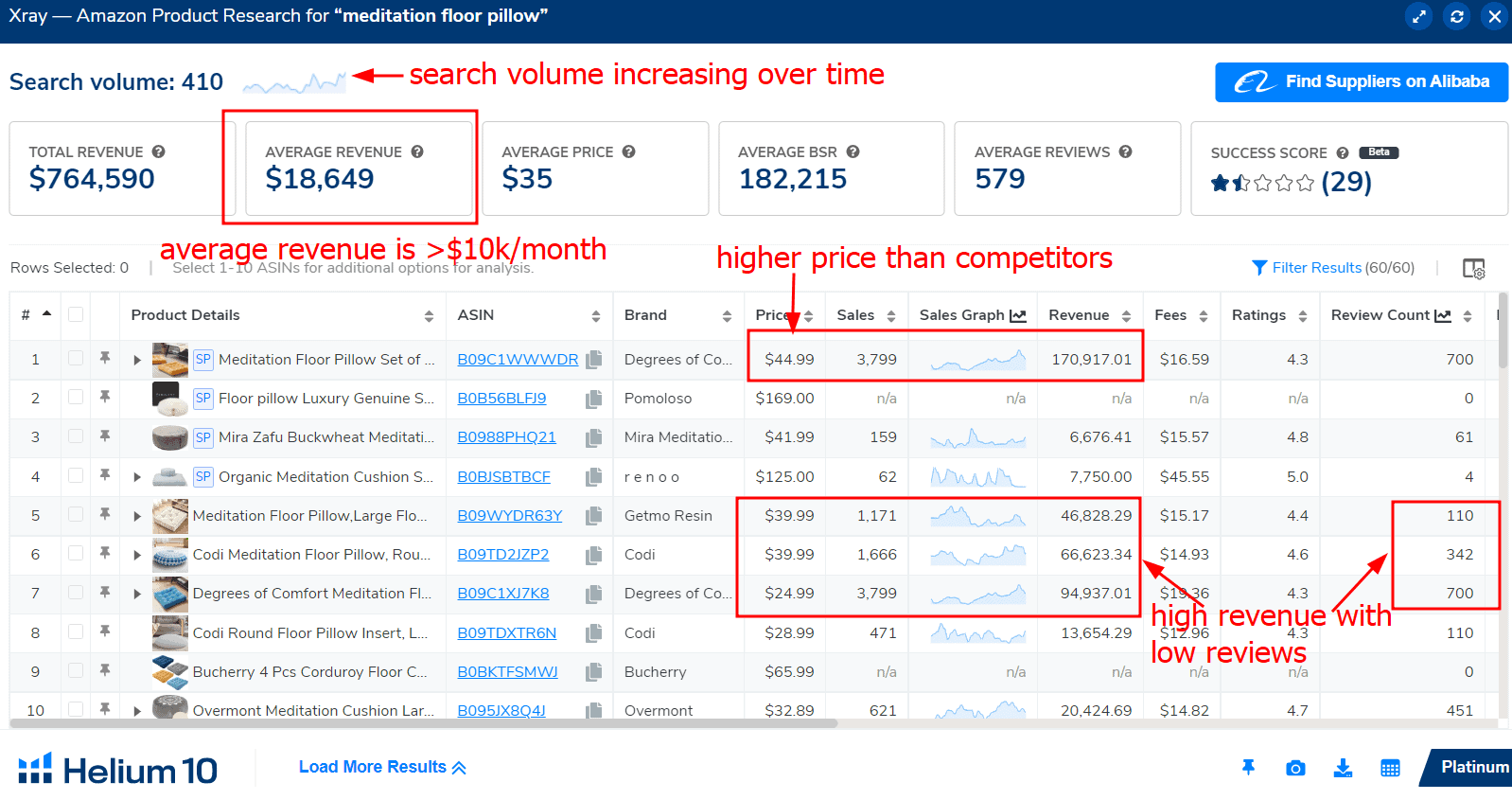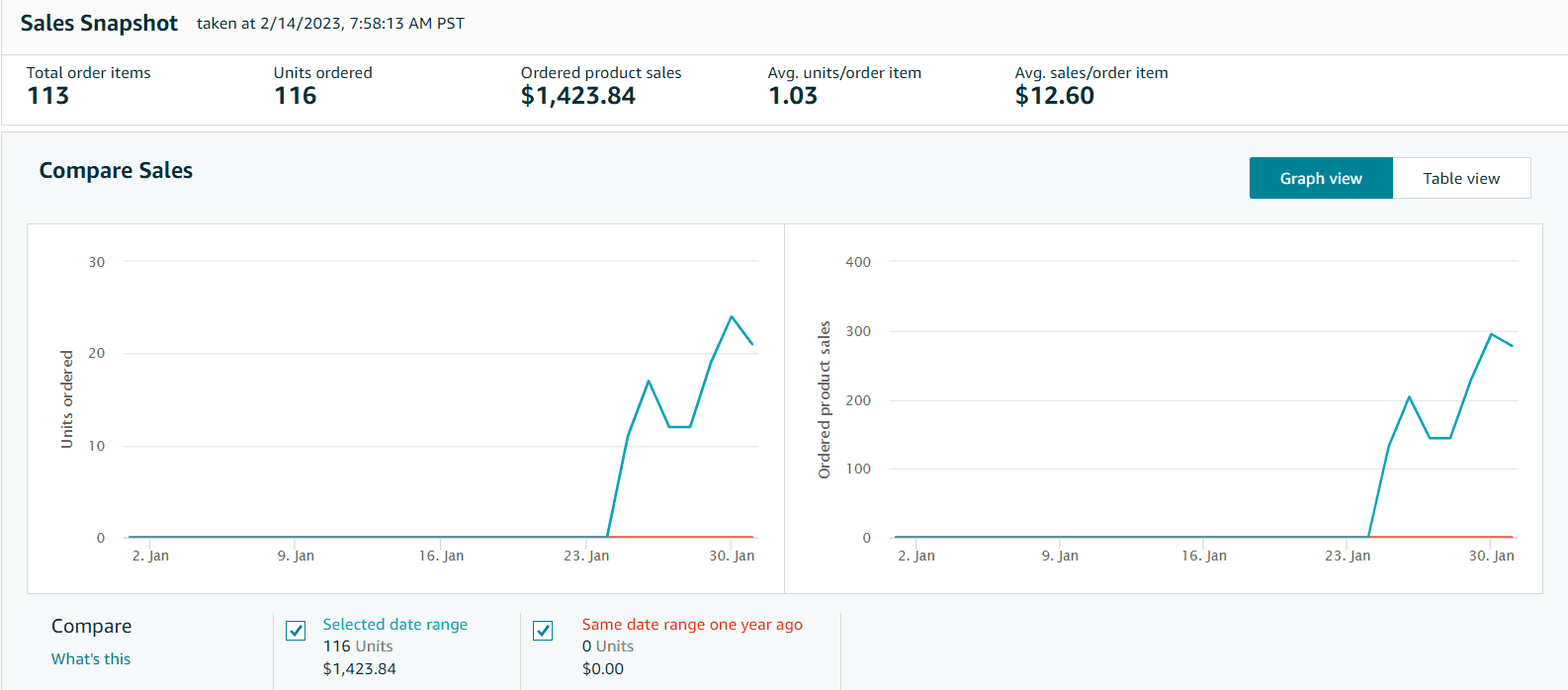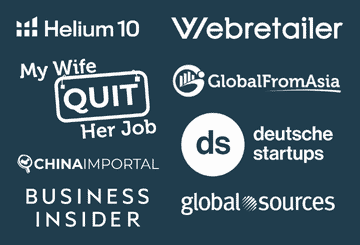In September 2022, I sold my first Amazon FBA business. After taking most of the month of October off to enjoy it, I started researching products for another Amazon FBA brand. My goal is to grow this brand to a million dollar run rate ($83,333/month) within the next 12 months. Follow along to see how I’m planning to do it.
While I started brainstorming particular product and category ideas back in November, my first product landed in the United States the first week of January. The start date for this case study will be January 2023.
Here’s what I will cover in this first case study update:
- Choosing a Niche
- Choosing your first product
- Finding a Supplier
- Launching on Amazon
- Profitability so far
- Next months plan
Let’s get into it!
Choosing a Niche
Every day I come across potential private label opportunities on Amazon during my daily browsing. Some Amazon FBA sellers prefer to launch products in different categories. For example, they’ll sell bath bombs, mouse traps, and sports equipment under the same brand name.
While that works, I don’t prefer that approach. I like building a brand in a specific category because it makes marketing the brand as a whole easier. While I won’t share the brand name or the individual products, I chose the Sporting Goods & Outdoors Category for this brand.
Here’s what I look for when choosing a niche:
- Opportunity to launch 10 – 20+ products
- Passionate community
- Ability to use both air and sea shipping
- Ability to differentiate from competition
- Low review counts (< 300 – 500)
One of the tools I use most when looking for different opportunities is Helium10. Using their X-Ray tool, you can see a simple overview of a niche with relevant metrics. Let’s break down a sample niche below.

Here’s the things I like about this niche (this is a real example I found while writing this article)
- Search volume is low but increasing over time. Meditation as a whole is a popular space and increasing every year
- The average revenue is high at $18,649/month
- There are competitors at different price points in this niche. This is commonly overlooked but the last thing you want is to compete on price in Amazon FBA. The existence of different price points indicates an opportunity to differentiate your product.
- There are multiple competitors with high revenue and a relatively low review count.
Choosing a First Product
Once I had an overall niche in mind, I chose my first products to source. For my first products, I want easy wins – areas where there is low competition, the launch process will be simple, and where I can build a base.
For my first product, I look for:
Revenue less than $5,000 to $7,000/month
This product won’t break the bank but it will get the brand established on Amazon. You can also register for a trademark and Brand Registry as you get your first product live.
Easy to differentiate
This product should be able to differentiate from existing products through bundling with another product, including a different size pack or color scheme, or a slightly different design.
Ability to use air shipping
While this isn’t possible in every niche, using air shipping for your 1st order will drastically shorten your lead time from 45-60 days to <30.
Finding a Supplier
For a supplier, I first headed over to Alibaba. While Alibaba isn’t ideal to use long-term (if you can easily find a supplier there so can everybody else), it’s great for initial orders and to quickly launch.
I quickly found 2 suppliers on Amazon that could produce a similar product to what I needed. For each supplier, I asked:
- MOQ – minimum order quantity
- What was the FOB price for an initial 1000 unit order?
- Could the packaging be customized?
- Could it be air shipped to me
While I was talking to them, I also evaluated how quickly they responded to messages and how easy it was to communicate with them. From each supplier, I ordered samples to evaluate their product quality. You could be working with these suppliers for multiple years – it’s important to choose the right one.
After evaluating both samples and choosing an initial supplier, I placed an initial order for 1000 units. I had them shipped to my personal residence first so I could inspect them before shipping them to Amazon.
[thrive_leads id=’51377′]
Launching on Amazon
After receiving the initial order in early January, I started to take photos of the product and create the listing content.
Creating the Listing
This is a small and lightweight product so I was able to take photos with my iPhone and get them touched up by a graphic designer on Fiverr. I like Fiverr for initial graphic design work due to the speed and ease of use. I then used Helium10 to conduct keyword research and craft the listing title, bullet points, and backend search terms.
Launching on Amazon
My launch strategy on Amazon is simple:
1. Low initial price
I keep the price breakeven or even slightly unprofitable until the listing gets it’s first 3-5 reviews. You have no reviews and the listing is brand new. Having a low price entices customers to purchase the product above higher priced and better reviewed competitors.
2. Amazon PPC campaigns for exact search terms and higher priced competitors
This sends a signal to Amazon what your listing is about and what keywords it converts for. I also like to target higher priced competitors
3. Enroll in the Amazon Vine program
The Amazon Vine program is an Amazon-sponsored way to give your product away for free in exchange for early reviews. The cost is $200 and you can choose to enroll up to 30 units. For this product, I chose to enroll the full 30 units to maximize the number of potential reviews I could receive.
First Month Results
I launched the product on Amazon on January 24, 2023 – so the product only had about 7 days before the end of the month. In that time, I sold 116 units and did $1,423 in total revenue.

A breakdown of profitability is below:
- Revenue: $1,423
- Amazon Fees: $582.08
- COGS: $286.52
- PPC Spend: $617.50
- Total: -$63.10
As can be seen, I lost money this past month. The above doesn’t include the one-time costs for the trademark application ($900), graphic design ($100), and other miscellaneous costs (~$100). Overall, I’d estimate the total profitability so far to be negative $1,200.
This was to be expected though. Whenever launching a new product, invest in the launch with spending on PPC and keep it at a low price. The launch process is not about profitability – it’s about setting up your product for future success.
Plans for February
Now that I’ve got the first product launched, I want to design 3 new products this month and get initial purchase orders placed for all of them by the end of the month.
At the same time, I have work to do on the Amazon side. This brand is Brand Registered now so I will build out the A+ content and create a video for the listing to increase conversion rate.
Actionable Takeaways
- Find a growing niche in Amazon that has potential for at least 10 – 15 products
- Your first product should be an easy win (<$5,000 to $7,000/month in revenue and low competition)
- Use air shipping if possible to shorten overall lead time
- Use the Vine program, Amazon PPC, and a low price to generate early traction for a new product
- Don’t aim to be profitable immediately – launching a product is more about setting yourself up for long-term success than immediate profits



